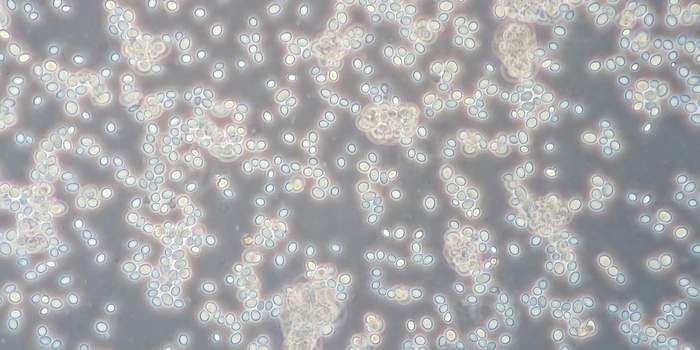
Weber Scientific entered into a license agreement with University of the Sciences in Philadelphia for the Farber Pham Diastaticus Medium (FPDM), a new microbiological medium for the detection of Saccharomyces cerevisiae var. diastaticus, a wild yeast contaminant which represents a major beer spoilage threat. Product contamination has led to costly product recalls as infection has led to off-flavors, over-attenuation and over-carbonation, potentially causing gushing beer, exploding packages or non-compliance with federal reporting of alcohol by volume. A provisional patent has been filed to protect the invention.
How it works
Discovered by Matthew J. Farber, director of the University’s Brewing Science Certificate Program, FPDM is selective for all diastaticus strains tested while preventing growth of brewing yeast strains. It is effective as a solid agar medium for traditional plating or as a broth for enrichment culture. FPDM has been successfully used for:
- Detection of diastaticus contamination of beer through traditional sample plating on FPDM agar, with samples including fermenting beer, finished beer, yeast slurries and environmental swabs.
- Detection of low diastaticus contamination in yeast slurries through enrichment in FPDM broth.
- Isolation of diastaticus in brewery samples which tested positive via rapid, PCR-based methods but negative on all traditional culture media.
Weber, a New Jersey-based company that sells products for food and beverage testing, will begin to produce FPDM and market it to both professional brewers and homebrewers.
“We have used FPDM to detect diastaticus contamination at every stage of the brewing process from yeast slurry to finished beer. We look forward to getting this medium into the hands of all brewers to enable further microbiological screening and the production of quality beer,” said Farber.





Becky Graham says
Barry Jewell
Daniel Szemenyei says
Lee